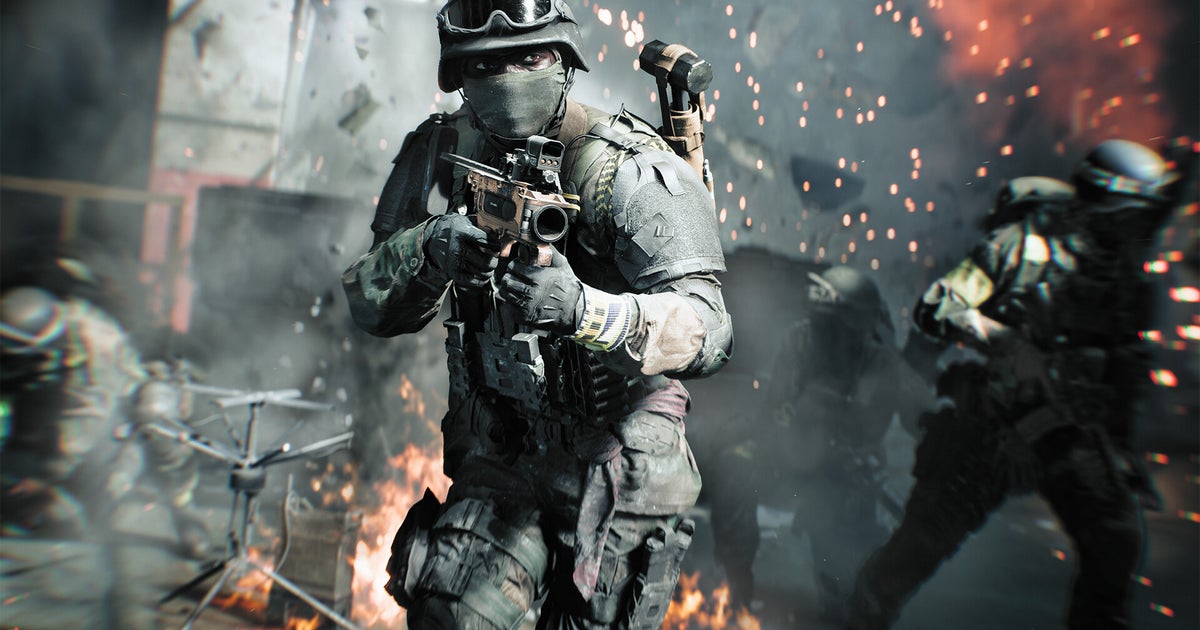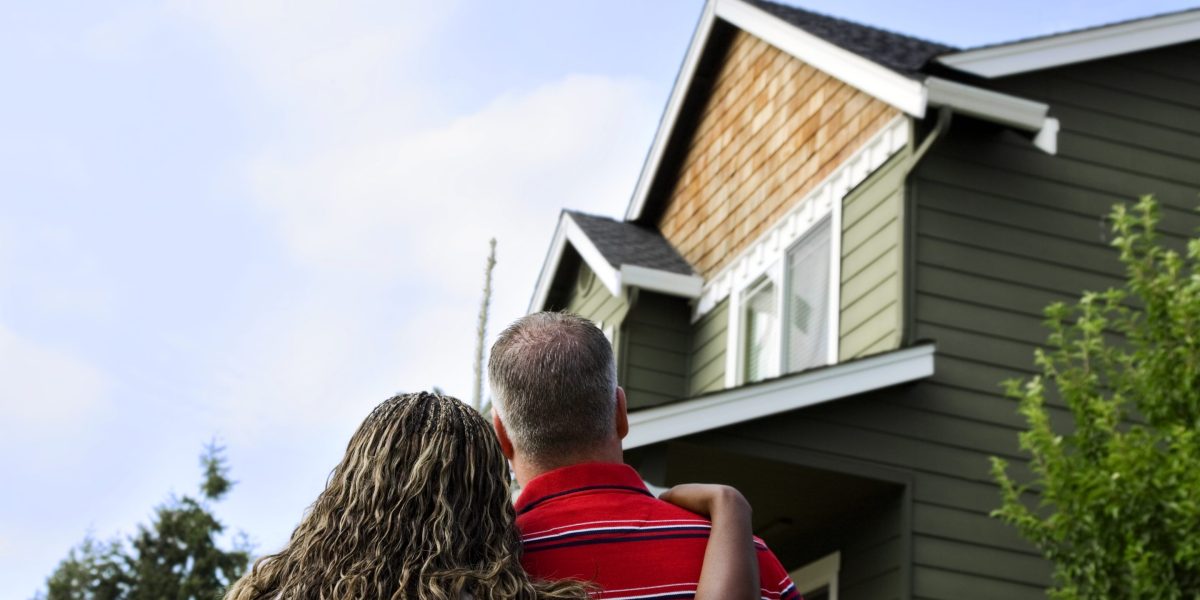Nintendo’s Kensuke Tanabe, the producer of Metroid Prime 2: Echoes, has spoken about the rush to get the game finished as quickly as possible.
Metroid Prime 2 came out for the GameCube in 2004, which was just a couple of years after its predecessor. Tanabe reconfirmed that a multiplayer-focused Metroid Prime “1.5” was once considered, but Retro wanted “to create a robust, standalone sequel”.
Tanabe shared in the new Metroid Prime 1-3: A Visual Retrospective book:
“After finishing Metroid Prime, Nintendo directed Retro Studios and our team to complete the next project in as short a time as possible. This was a reasonable request, considering not only the time spent actually developing Metroid Prime but also the entire duration since the very beginning of the project.
Initially, there was a proposal to develop a multiplayer-focused Metroid Prime “1.5” (and, ultimately, multiplayer was realized in Metroid Prime 2). However, Retro expressed a desire to create a robust, standalone sequel in Metroid Prime 2. With this in mind, our team joined the project as supervisors from the very beginning, and work commenced with a goal of completing it within two years.”
According to Tanabe, Metroid Prime 2’s development happened “under circumstances where schedule extensions were not permitted, so in the final three to four months, we had to resolve undecided matters at an incredible pace and turn them into tangible progress every day.” He went on to share the following about how time was minimized when translating materials from English to Japanese:
“First, we had the interpreter quickly skim through a few pages and read them aloud in Japanese. Meanwhile, our team members in charge of translation would review the next few pages to grasp the content. Then, we would switch roles with the interpreter, and our team would continue reading aloud in Japanese. During that time, the interpreter would once again skim a few more pages ahead to understand the content – and on it went.
In this way, we used verbal interpretation to understand the materials and made final decisions about specifications on the spot. We also had instances where we would play a freshly completed Sub-Guardian in an engineer’s personal office and adjust the parameters on the fly. During such moments, I would declare something like, ‘Alright, let’s overclock our brains now!’
Retro completed the multiplayer mode without compromising on quality even under such challenging conditions. Being of its time, it was designed for local play, so the number of players who actually experienced it might not have been very large. If it is remade, I would be delighted for more people to have the chance to experience it.”
Also from the same book, Retro Studios shared some interesting insight into the making of Metroid Prime Remastered on Nintendo Switch. Read about that here.
Metroid Prime 1-3: A Visual Retrospective is out now. You can grab a copy for yourself here.
Nintendo Everything is a participant in the Amazon, Best Buy, and GameStop affiliate programs. The website may receive a partial commission through orders placed with these retailers.
Related
Source link

